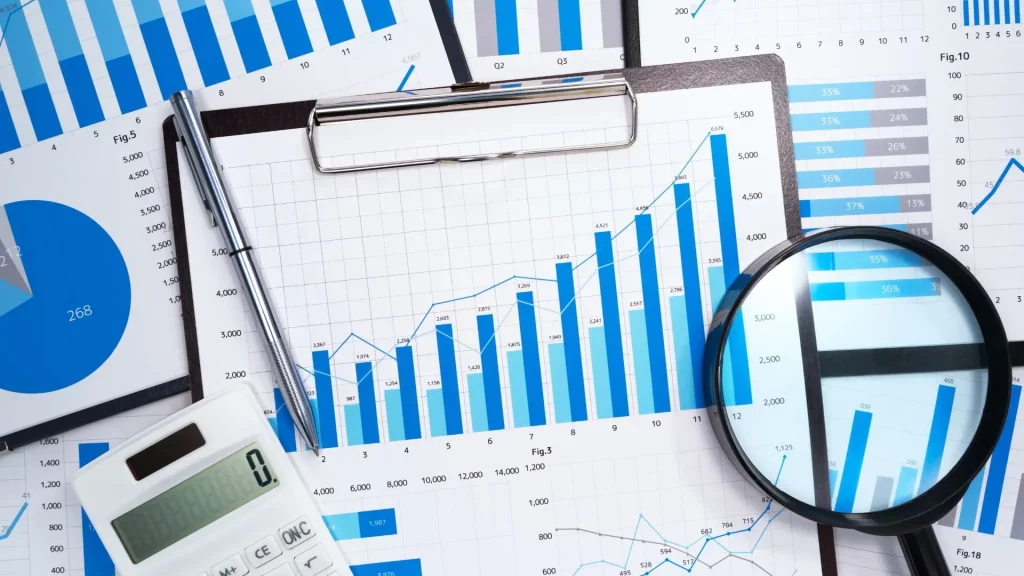How to Read a Profit and Loss Statement (And Actually Use It to Make Better Decisions)
For many small business owners, financial reports feel like a chore reserved for accountants and tax time. One of the most important reports — the Profit and Loss Statement (P&L) — is often misunderstood, ignored, or filed away without much thought.
But here’s the truth: your P&L isn’t just paperwork. It’s a roadmap of your business health. When you know how to read and use it, the P&L can help you spot issues early, improve profitability, and make confident business decisions.
In this article, I’ll break down what a P&L is, how to interpret it, and — most importantly — how to put it into practice.
What Is a Profit and Loss Statement?
A Profit and Loss Statement (sometimes called an “income statement”) summarises your business’s revenues, costs, and expenses over a set period of time (usually monthly, quarterly, or annually).
In simple terms, it shows:
-
How much money came in (sales, income)
-
How much money went out (expenses, costs)
-
What’s left over (profit or loss)
It answers one of the most important questions in business: Am I actually making money?
The Key Sections of a P&L
-
Revenue (Sales)
The total amount earned from your products or services before expenses. Consistent revenue growth usually signals healthy demand. -
Cost of Goods Sold (COGS)
The direct costs of producing goods or delivering services. For example, materials, supplies, or subcontractor costs. -
Gross Profit
Revenue minus COGS. This shows how much money you make after covering direct costs — before overheads like rent or admin expenses. -
Operating Expenses
Day-to-day running costs such as wages, rent, insurance, and marketing. -
Net Profit (or Loss)
The final figure — your “bottom line.” This tells you how much you’ve truly earned (or lost) after all expenses.
How to Read Your P&L Like a Business Owner (Not Just an Accountant)
The P&L isn’t just about numbers — it’s about stories. Each line tells you something about how your business is performing.
-
Compare Revenue to Prior Periods
Are sales growing, steady, or declining? Trends matter more than one-off numbers. -
Watch Gross Profit Margins
If your revenue is steady but gross profit is shrinking, your costs may be creeping up — or you may need to revisit pricing. -
Scrutinise Operating Expenses
Small leaks add up. Are there subscriptions or overheads you’re paying for that don’t deliver value? -
Understand Net Profit
Don’t confuse cash in the bank with profit. A healthy net profit margin is essential for reinvestment and sustainability.
Practical Ways to Use Your P&L
Here’s where most small business owners miss out: using the P&L proactively.
-
Set Benchmarks
Compare your P&L to industry standards. For example, in hospitality, food costs should usually sit between 25–35% of sales. -
Guide Decision-Making
Considering hiring staff, expanding, or investing in equipment? Your P&L shows if you can realistically afford it. -
Spot Early Warning Signs
If expenses are rising faster than sales, or net profit is shrinking, it’s better to know now than six months later. -
Plan for Tax
Reviewing your P&L throughout the year helps you forecast taxable income and set aside the right amount for the ATO.
Common Mistakes Small Business Owners Make
-
Only looking at revenue — “Top line” sales look impressive but don’t matter without healthy margins.
-
Not reviewing regularly — Waiting until tax time means you’re flying blind most of the year.
-
Ignoring variances — If costs jump suddenly, find out why before it becomes a pattern.
-
Confusing profit with cash flow — Profit is not the same as cash in the bank.
Tips for Getting the Most Out of Your P&L
-
Review monthly, not just annually.
-
Use cloud accounting tools to generate real-time reports.
-
Sit down with a bookkeeper or advisor to interpret the results.
-
Combine P&L insights with cash flow forecasts for a full picture.
Final Thoughts
Your Profit and Loss Statement isn’t just an accounting requirement — it’s a tool to run your business smarter. When you know how to read it, you gain clarity on what’s working, what needs adjusting, and how to grow sustainably.
Remember: numbers tell a story. The better you understand the story your P&L is telling, the more confident you’ll feel in steering your business forward.



